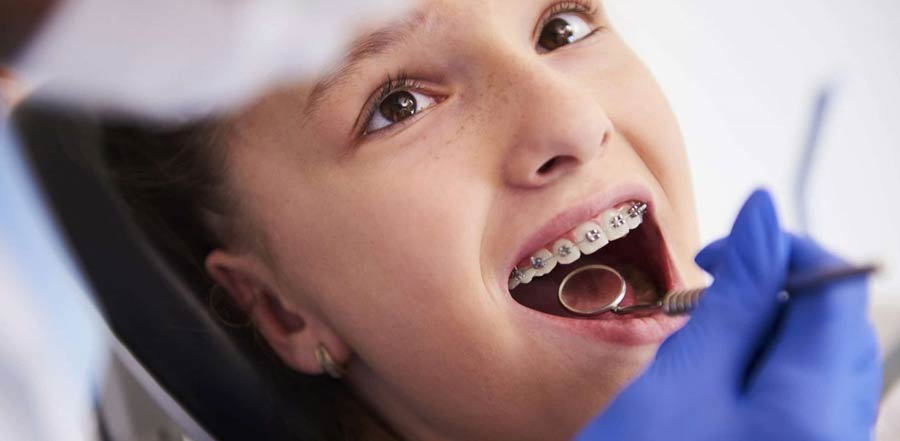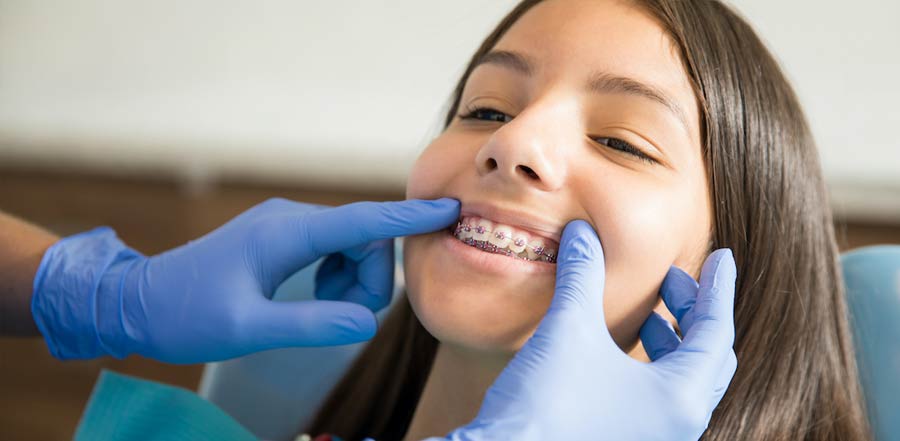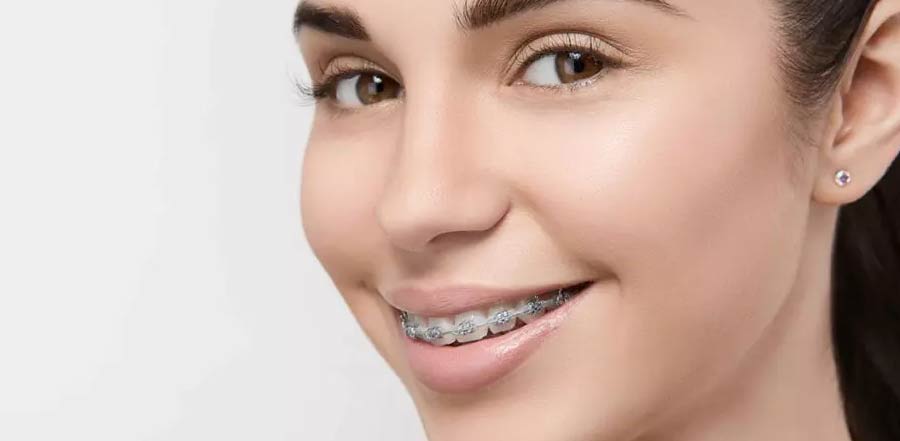Orthodontics Treatment in South Florida
Anyone searching for Orthodontics Treatment in South Florida should consider Lakes Orthodontics. This is key because in recent times credentials has been set aside in favor of cheaper price. But just like you will not hire a carpenter to fix your computer you should not go to a general dentist when you‘re searching for Orthodontics Treatment in South Florida.
Orthodontics Treatment in South Florida
Family Dentists and orthodontists have many similarities. For beginners, they are dentists. Both of them spend time at universities to obtain a bachelor degree in dentistry. They cope with the oral care of their patients. An orthodontist can be able to provide the same care as a general dentist but a general dentist cannot give the same quailty of care as an Orthodontist. That is why there are a few fundermental differences between a dentist vs an orthodontist.
An orthodontist needs to take more schooling when compared to a dentist. This is done for him or her to function as a dental specialist in orthodontics. This is comparable to your family doctor having to acquire additional schooling to be a surgeon. A family dentist stops at a basic dental degree. An orthodontist, alternatively, is required to complete this same dental degree together with having a specialist degree which will take an extra 3 years.
A dentist provides a wide range of services such as repairing teeth and dental cleaning. A dentist offers gum care, fillings, and teeth bleaching. He/She could perform dental servies on bridges, crown and veneers. An orthodontist is a espert in teeth and jaw alignment. Orthodontic treatment helps with straightening teeth.
Another difference between a dentist versus an orthodontist is dentists refer patients with some other dental difficulties to orthodontists. Dentists are not able to offer orthodontic care. Cases for example fitting braces and Invisalign, teeth alignment, improving an overbite or under bite are fowarded to these dental specialists.
A dentist can analyze and treat diseases in the teeth, and gums. She or he offers oral care to clients of any age. An orthodontist diagnose and treats bad bites, crooked teeth, and poorly aligned jaws. They offer this care to clients spanning various ages.
In the dental industry, different services are provided by a dentist than an orthodontist. You should go to an orthodontist for orthodontic care, which won’t be provided by a dentist who is not qualified. And, you must visit the dentist for general dental care. Both dentists and orthodontists play important roles in dental care. You have to make an educated decision when picking which one to call. Don’t matter what we say it wouldn’t make a lot of sense to trsut what our website claims is something you should and this is why we suggest you read our Yelp testimonials. A good number of of families choose Lakes Ortho for Orthodontist Sunrise FL over hundreds of local cosmetic dentists. Nevertheless, if you would like additional details about Orthodontics Treatment in South Florida stop by at our blog, where you will find several articles on not only best Orthodontics Treatment in South Florida, but a lot of other topics of interest everybody looking to get Invisalign…
Blog Realted to Orthodontics Treatment in South Florida
What is a Board Certified Orthodontist?
Why is a Board Certified Orthodontist the #1 choice for my orthodontic treatment? We often hear the question, ” Who is the best person to help [...]
Financial Options For Braces And Invisalign
“I heard braces and Invisalign are expensive. How can I afford to get braces or Invisalign?” One of the most prevalent concerns parents have when they [...]
Does Insurance Cover Invisalign?
More and more people are abandoning traditional braces for the more comfortable and less noticeable option—Invisalign. Still, there are some who are scared to get Invisalign [...]





